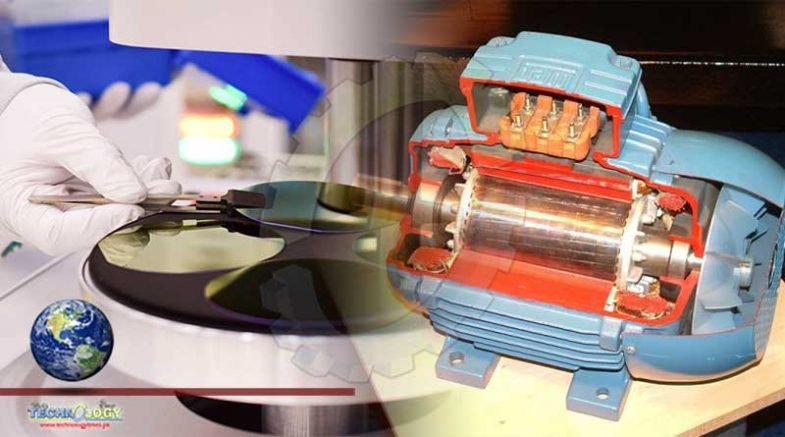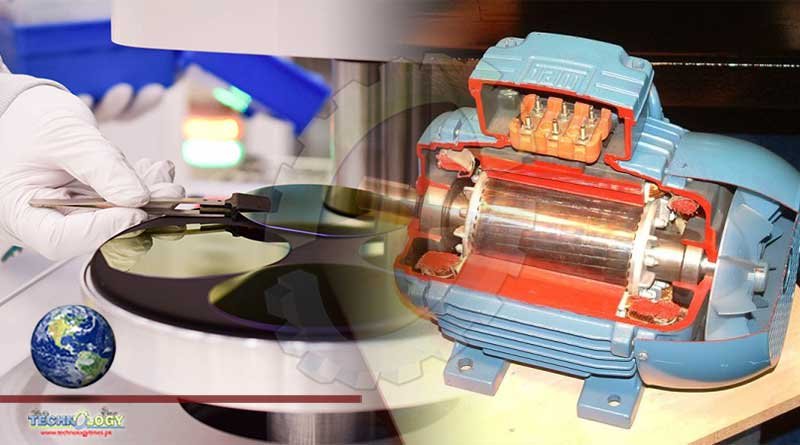A new class of magnetic nanodevices could soon have their magnetism electrically controlled after a new observation

A new class of magnetic nanodevices could soon have their magnetism electrically controlled after a new observation from physicists show a new kind of rotation – one that is possible in materials composed of light elements.
The ability to apply electric currents to move mechanical parts is a key concept that led to the development of electric motors, ushering in a new age in technology and industry. This is the same concept physicists from the RIKEN research institute in Japan, who made the discovery, are trying – but on the scale of nanodevices. Developing the new class of magnetic nanodevices requires an efficient generation, and application, of electrically induced rotation or torque.
Junyeon Kim, YoshiChika Otani, and their colleagues at the RIKEN Center for Emergent Matter Science, together with their collaborators from other countries, present their findings in the article “Nontrivial torque generation by orbital angular momentum injection in ferromagnetic-metal/ Cu/ Al2O3 trilayers” published in the latest Physical Review B.
Inducing Torque in new class of Magnetic Nanodevices
Torque, basically the force that causes an object to rotate about an axis, is generated in magnetic systems using an electric charge to spin through the strong spin-orbit interaction of a heavy metal layer. This creates a spin current transferred into nearby ferromagnetic layers. However, materials derived from heavy metal elements are usually incompatible with attempts at scalability for production processes. Also, their high resistance makes these materials incompatible for certain applications.
A press release from RIKEN notes a recent theoretical proposal that suggests torque being generated by “injecting orbital angular momentum” into layers of ferromagnetic materials. This orbital angular momentum, in turn, is generated by applying electric current through materials derived from light materials. The momentum is then converted into spin through an interaction with a ferromagnetic layer.
The torque generated from this process is known as an orbital torque and is expected to reach magnitudes from those generated from spin injection.
Now, RIKEN researchers and their collaborators have found a new and more efficient method of generating torque in a three-layer system containing a ferromagnetic layer, a copper layer, and an alumina (Al2O3) layer. In the system described in their study, the orbital angular momentum comes from the interface between the copper and alumina layers. The momentum is then transported to the ferromagnetic layer from the copper side and is converted to spin.
Originally published at Science Times
